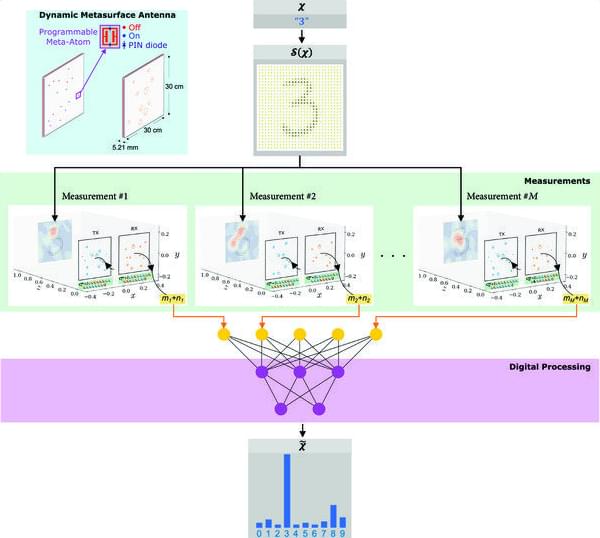Since OpenAI released ChatGPT, there has been a lot of speculation about what its killer app will be. And perhaps topping the list is online search. According to The New York Times, Google’s management has declared a “code red” and is scrambling to protect its online search monopoly against the disruption that ChatGPT will bring.
ChatGPT is a wonderful technology, one that has a great chance of redefining the way we create and interact with digital information. It can have many interesting applications, including for online search.
But it might be a bit of a stretch to claim that it will dethrone Google—at least from what we have seen so far. For the moment, large language models (LLM) have many problems that need to be fixed before they can possibly challenge search engines. And even when the technology matures, Google Search might be positioned to gain the most from LLMs.





